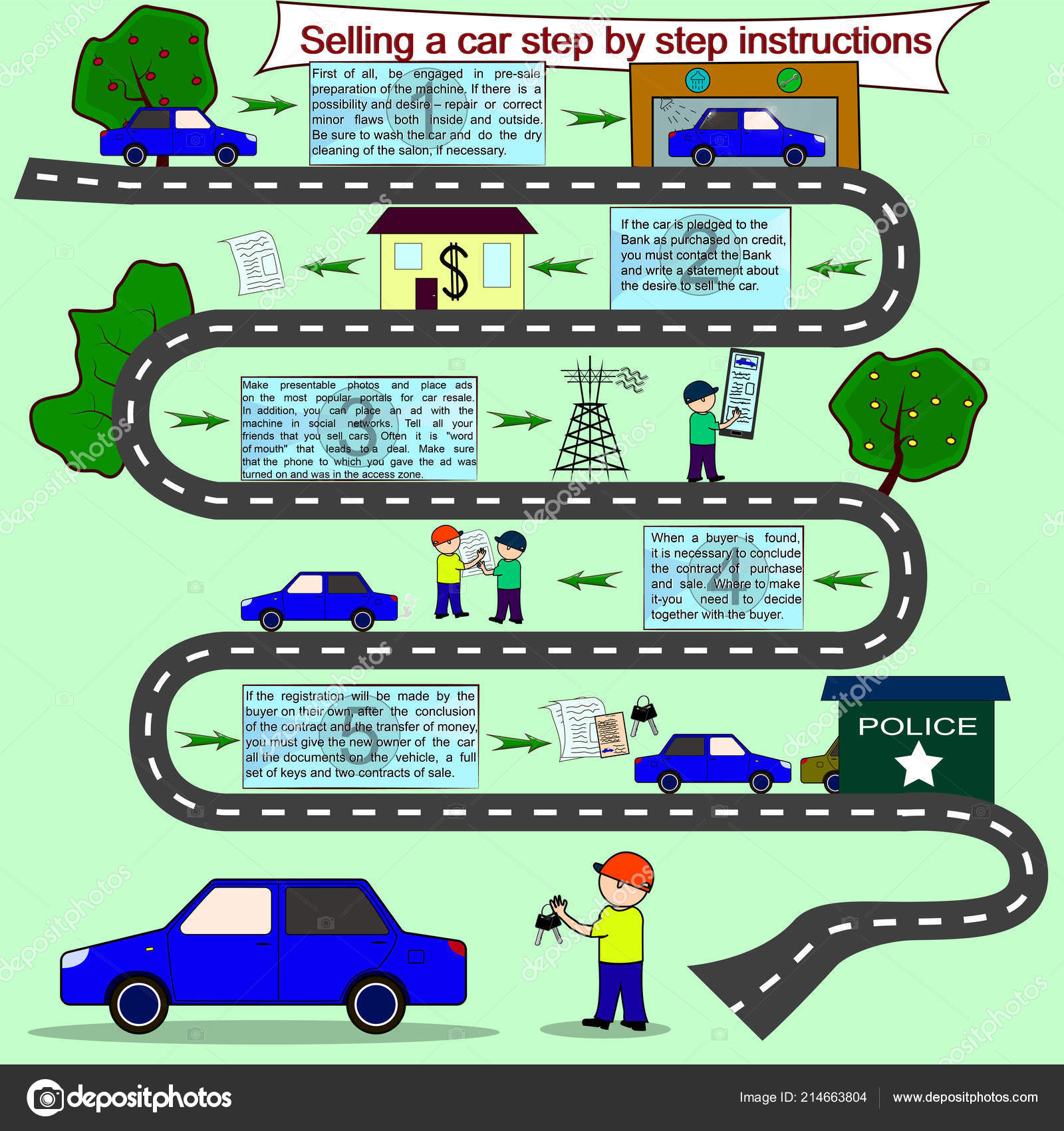Decoding The Significance Of Your Lorry'S Warning Indicators
Decoding The Significance Of Your Lorry'S Warning Indicators
Blog Article
Personnel Author-Cummings Ferguson
When you're behind the wheel, those glowing warning lights on your control panel can be a bit puzzling. Do you recognize what they're trying to tell you regarding your vehicle's health and wellness? Understanding the relevance of these lights is crucial for your safety and the durability of your vehicle. So, the next time one of those lights appears, wouldn't you intend to analyze its message precisely and take the required actions to resolve it?
Common Warning Lights and Interpretations
Recognize common warning lights in your automobile and comprehend their meanings to ensure safe driving.
The most common caution lights include the check engine light, which signals problems with the engine or exhausts system. If this light begins, it's important to have your car inspected promptly.
The oil stress cautioning light suggests low oil stress, needing prompt interest to avoid engine damage.
A flashing battery light may suggest a defective charging system, potentially leaving you stranded if not addressed.
The tire stress surveillance system (TPMS) light notifies you to low tire pressure, influencing vehicle security and gas effectiveness. Disregarding https://www.dailyrepublic.com/projects/readers-choice-2022/best-car-repair-2022-ryans-automotive-service-center/ might bring about risky driving conditions.
The abdominal muscle light shows an issue with the anti-lock braking system, compromising your capability to quit quickly in emergencies.
Last but not least, the coolant temperature level alerting light warns of engine overheating, which can result in severe damages otherwise resolved quickly.
Understanding these common caution lights will help you address problems promptly and keep secure driving conditions.
Relevance of Prompt Focus
Comprehending the typical warning lights in your cars and truck is just the very first step; the importance of immediately addressing these warnings can not be highlighted enough to ensure your security on the road.
When a warning light illuminates on your dashboard, it's your vehicle's means of communicating a possible issue that needs attention. Overlooking these cautions can bring about a lot more extreme issues later on, compromising your security and potentially costing you a lot more in repairs.
Prompt interest to warning lights can prevent failures and mishaps. As an example, a flashing check engine light could indicate a misfire that, if left unattended, can trigger damage to the catalytic converter. Addressing this promptly can conserve you from a costly repair work.
Similarly, a brake system warning light might indicate low brake fluid or worn brake pads, vital elements for your safety and security when driving.
Do It Yourself Troubleshooting Tips
If you see a caution light on your control panel, there are a couple of do it yourself troubleshooting tips you can try prior to seeking professional assistance.
The very first step is to consult your vehicle's guidebook to recognize what the specific warning light suggests. Occasionally the problem can be as simple as a loose gas cap activating the check engine light. Tightening up full service auto repair may solve the issue.
Another usual concern is a reduced battery, which can cause numerous warning lights. Examining the battery connections for deterioration and guaranteeing they're secure could take care of the problem.
If a warning light persists, you can attempt resetting it by disconnecting the cars and truck's battery for a few mins and afterwards reconnecting it. In addition, inspecting your vehicle's liquid levels, such as oil, coolant, and brake fluid, can assist fix alerting lights associated with these systems.
Conclusion
To conclude, understanding your automobile's caution lights is important for keeping your car running smoothly and securely. By without delay addressing these signals and understanding what they suggest, you can prevent pricey repair services and potential break downs.
Remember to consult your vehicle's manual for particular details on each warning light and act accordingly to make sure a hassle-free driving experience.
Stay notified, stay risk-free on the road!
